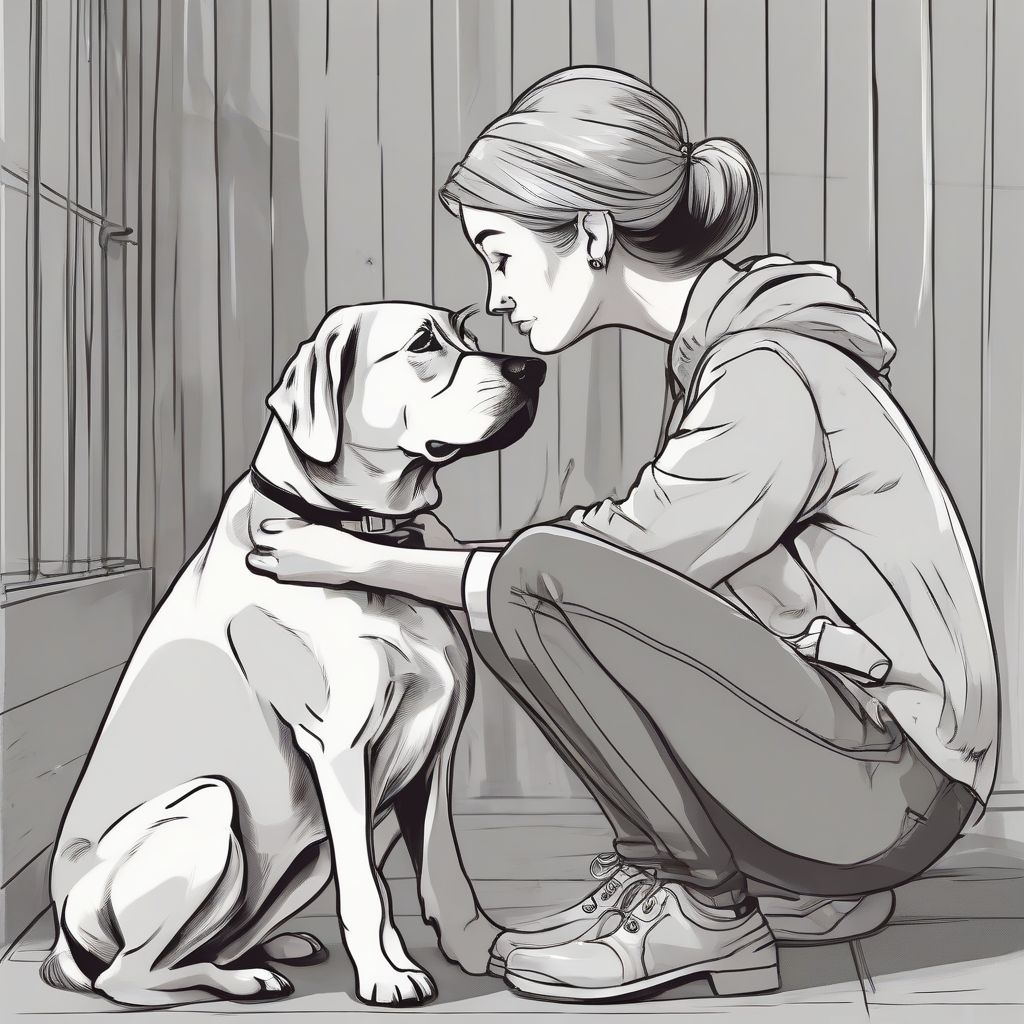As a pet parent, your furry friend holds a special place in your heart. You cherish their playful antics, their comforting presence, and the unconditional love they so readily offer. But what happens when your typically vibrant companion seems a little…off? Understanding the subtle (and not-so-subtle) signs of pet illness is crucial for ensuring their timely care and well-being.
Just like us, our pets can’t always verbalize their discomfort. They rely on us to be attentive observers, recognizing any changes in their behavior or physical condition that might indicate a health issue.
Decoding Your Pet’s Distress Signals: Common Signs to Watch For
While every pet is unique, there are universal red flags that every pet owner should be aware of. These signs may indicate a range of conditions, from minor ailments to more serious concerns, requiring prompt veterinary attention.
Changes in Appetite and Drinking Habits
- Decreased appetite or refusal to eat: This can be a sign of a wide range of problems, from dental pain to infections, organ dysfunction, or even stress.
- Increased thirst and urination: While seemingly harmless, excessive thirst (polydipsia) and increased urination (polyuria) can be early indicators of kidney disease, diabetes, or other metabolic disorders.
- Difficulty eating or swallowing: This could be due to dental problems, oral pain, or a gastrointestinal obstruction.
Gastrointestinal Upsets
- Vomiting and Diarrhea: Occasional vomiting or diarrhea might be due to dietary indiscretion, but frequent episodes can point to infections, parasites, food allergies, or other digestive issues.
- Constipation: A lack of bowel movements for more than two days, straining to defecate, or producing hard, dry stools can indicate dehydration, dietary problems, or other underlying medical conditions.
Shifts in Energy and Behavior
- Lethargy and Weakness: A sudden lack of energy, reluctance to play, or difficulty getting up can be signs of pain, infection, fever, or heart problems.
- Restlessness and Agitation: While some pets are naturally more energetic, pacing, panting, vocalization, and an inability to settle down can indicate pain, anxiety, or cognitive decline.
- Changes in Sleeping Patterns: Sleeping more than usual or having trouble sleeping can be linked to a variety of health issues.
Physical and Sensory Alterations
- Weight Loss or Gain: Unexplained fluctuations in weight, especially sudden changes, can be concerning and warrant a visit to the veterinarian.
- Coughing, Sneezing, and Respiratory Distress: These symptoms can indicate respiratory infections, allergies, or even more serious conditions like heartworm disease.
- Changes in Eyes or Ears: Discharge, redness, swelling, cloudiness, or rubbing at the eyes or ears can signify infections, allergies, or injuries.
- Skin and Coat Problems: Excessive scratching, licking, hair loss, redness, bumps, or scabs can be caused by allergies, parasites, infections, or hormonal imbalances.
- Changes in Mobility: Limping, stiffness, difficulty jumping, or reluctance to move can signal arthritis, injuries, or neurological problems.
Trust Your Instincts: When to Seek Veterinary Care
Remember, you know your pet best. If you notice any unusual behavior or physical changes, even if they seem minor, it’s always better to err on the side of caution and consult with your veterinarian. Early detection and intervention are key to successfully managing many health conditions.
Don’t hesitate to reach out to your veterinarian for guidance, especially if you observe any of the following:
- Sudden changes in behavior or appearance
- Symptoms that persist or worsen
- Any signs of pain or distress
- Loss of appetite or refusal to drink for more than 24 hours
- Difficulty breathing or collapse
- Seizures or loss of consciousness
Proactive Pet Care: Your Partner in Prevention
While we can’t prevent all illnesses, there are proactive steps we can take to safeguard our pet’s health and well-being:
- Regular Veterinary Checkups: Schedule annual wellness exams for your pet, even if they appear healthy. These visits allow your veterinarian to detect early signs of disease and provide personalized preventive care recommendations.
- Vaccinations: Vaccinations are crucial for protecting your pet from preventable and potentially deadly diseases.
- Parasite Prevention: Use year-round parasite prevention medications to protect your pet from fleas, ticks, heartworms, and intestinal parasites.
- Nutrition and Exercise: Feed your pet a balanced diet and provide them with regular exercise to maintain a healthy weight and support overall well-being.
- Enrichment and Mental Stimulation: Provide your pet with mental and physical enrichment through toys, puzzles, training, and playtime to keep them happy, engaged, and mentally sharp.
 Concerned Pet Owner Observing Their Dog
Concerned Pet Owner Observing Their Dog
By being attentive to their needs, staying informed about potential health risks, and seeking timely veterinary care, we can help our beloved pets live longer, healthier, and happier lives. Remember, being a responsible pet owner means being an advocate for their well-being—a role that comes with immeasurable rewards.
For more insights into common pet illnesses and emergency pet care, explore these resources:
Do you have any experiences with recognizing signs of illness in your pets? Share your story in the comments below!
[amazon bestseller=”dog first aid kit”]
